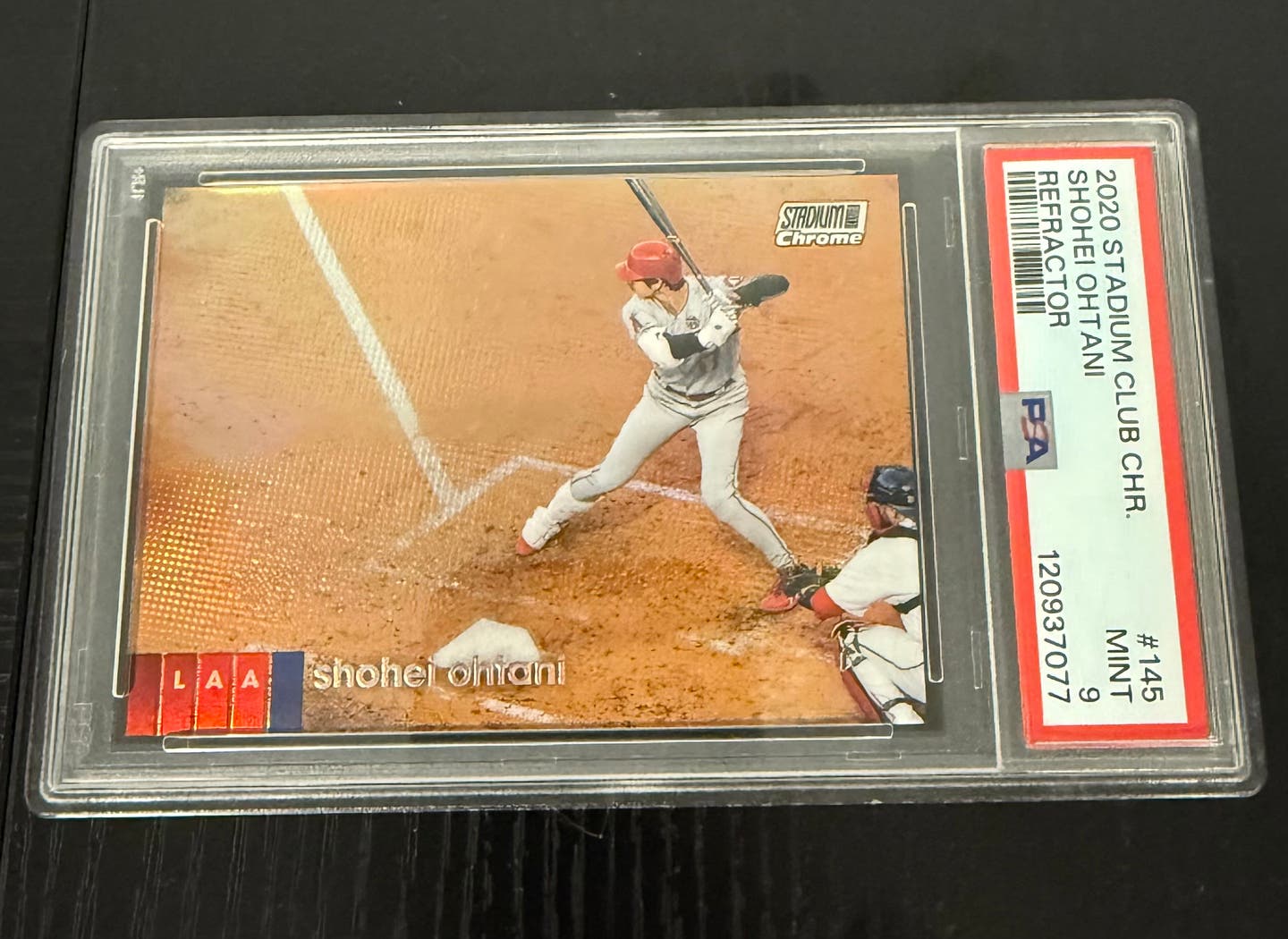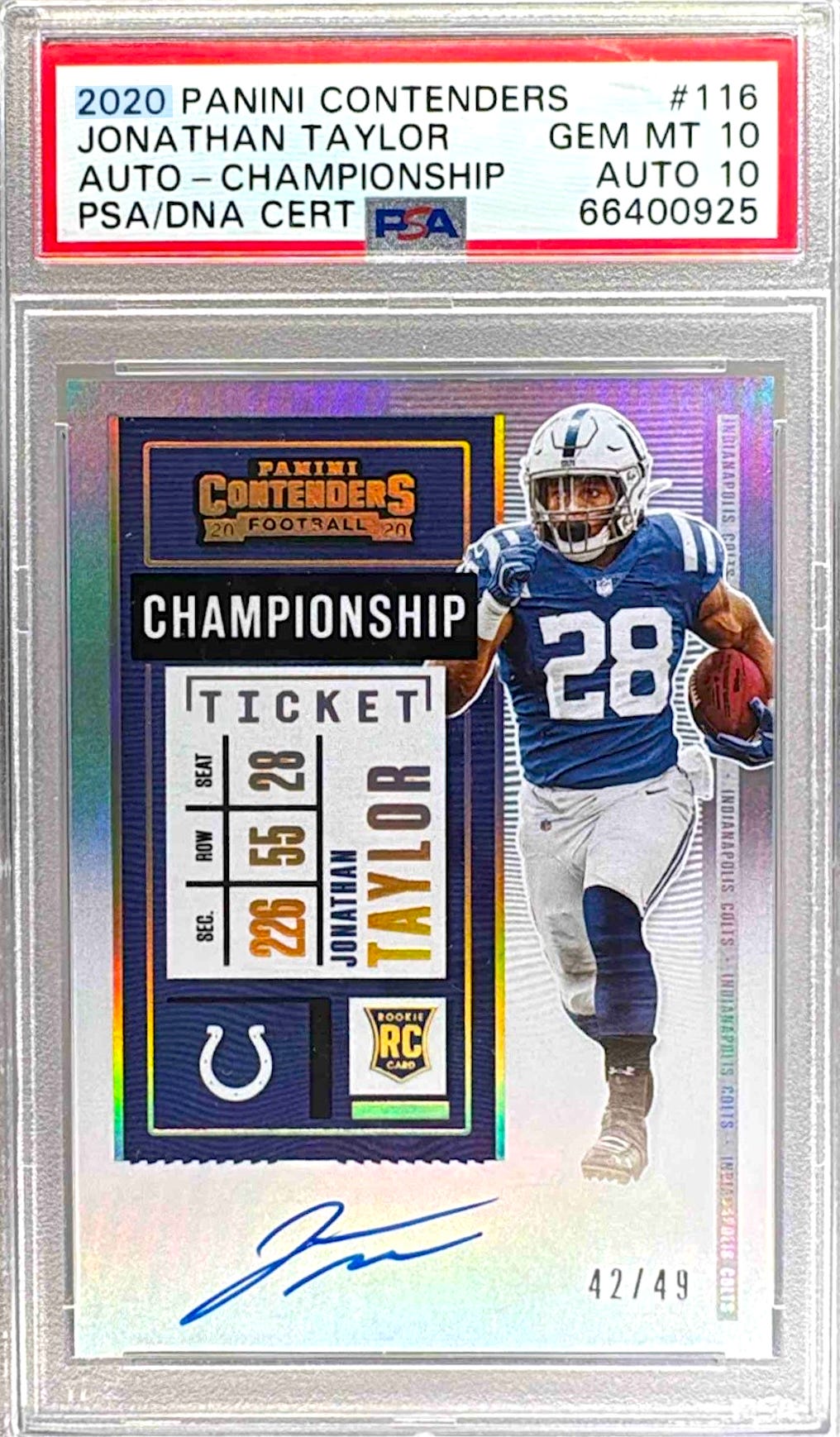News
Dana Cavalea amasses special memorabilia collection
Dana Cavalea’s memorabilia collection is highlighted by autographed replica jerseys commemorating feats by some of the greatest players in New York Yankees and baseball history.
“A-Rod ordered a bunch of different bats for us for his 500th home run,” Cavalea said. “Mariano Rivera signed a customized jersey for his 300th save, and Derek Jeter and Ichiro had bats made for their 3,000th hits.”
These are just some of the benefits Cavalea enjoyed during his career as the Bronx Bombers’ strength, conditioning and performance coach for many years.
But his favorite piece of hardware is the World Series ring the Yankees gave him after winning their 27th and most recent championship, 10 years ago this fall against the Phillies.
“To see that final out, the ball being thrown to Mark Teixeira at first base was absolutely amazing,” Cavalea said. “We’re talking 162 games, 30 spring training games and another 11-plus to win the World Series. That’s a lot of games.
“To see firsthand what it takes to stay focused, disciplined and process-driven for that many days and not let your mind slip, not losing focus on your actual goal and what it takes for a team to actually win … that was amazing.”
That same year he was honored with the Nolan Ryan Award, a recognition given annually by the Professional Baseball Strength and Conditioning Society to an individual whose accomplishments reflect exemplary dedication to the field.
Cavalea had a front-row seat to all the team’s highs and lows, while developing friendships with former Yankees greats, too, such as Yogi Berra, Whitey Ford, Reggie Jackson and Ron Guidry.
His experiences and lessons from them are captured in a new book, “Habits of a Champion: Nobody Becomes A Champion By Accident.”
“I wanted to give people from young athletes to young entrepreneurs, maybe even retired people looking for that second wind, a resource they can use to better their personal performance and be inspired and motivated at the same time,” Cavalea said. “I was able to distill it into 15 lessons, plus a bonus by Reggie Jackson and a foreword written by Joe Girardi.”
Some tips are quite simple, yet highly valuable in sports, business and life in general. For example, Jeter shared with Cavalea the importance of being on time, which demonstrates respect.
“He talks about respect in a different way, saying if somebody doesn’t respect your time they don’t respect you,” Cavalea said. “Rather than just say: Be on time, Derek tells how being on time and respect are directly linked together. That’s one story.
“Another is about Joe Torre and how to lead and get the most out of people. He talks about having meetings that are closed door rather than public, to make sure you’re not airing other people’s laundry out in public.”
One day, at Fenway Park, Cavalea admired an expensive watch Reggie Jackson was wearing.
So he said: “Hey Reggie, what kind of watch is that?”
Reggie replied: “It’s a Rolex Daytona, but you can’t get there yet.”
Cavalea admitted being taken aback, but then realized Jackson was using the exchange to motivate him.
“What he meant was, ‘Hey Dana, it’s not that you can’t ever get there. It’s just that right now you’re not in a position in your life to have this. But let me tell you steps to get there’,” Cavalea said. “He followed it up with an action strategy that was pretty cool. Those little lessons were very impactful.”
Cavalea’s job with the Yankees came about in totally unexpected fashion. Originally from Long Island, he went to the University of South Florida, in Tampa, to escape cold, grey Northeast winters.
“I started by just being an intern with the USF football team’s strength and conditioning department,” he said. “About two weeks before spring training in my sophomore year I was up at Legends Field, watching all these Yankee players on the field training. I had my flip phone, taking pictures, and sent them home to my mom and dad in New York and all my buddies.
“Literally the next day I went to the strength coach I was interning under for USF and he said, ‘Hey Dana, I got a call from a guy at the Yankees. Do you have a desire to intern there as well?’”
“Absolutely!” Cavalea replied. “I was just there yesterday as a matter of fact.”
“So the next thing you know I’m driving to the field, I’m a nervous wreck,” he said. “I parked my car, walked into the front office and they said, ‘Hey are you Dana Cavalea? Come with us.’
“They put a lanyard around my neck, put me in Yankee gear and the next thing you know I’m in the middle of the field for a team stretch, with the same guys I’d taken pictures of the day before. Clemens, Pettitte, I can still see it today. It was really an amazing time. I was an intern working for free. I did that for three years.”
Cavalea’s big break with the Yankees came when his boss, head strength and conditioning coach Marty Miller, was fired the day after highly-touted rookie Phil Hughes suffered a serious hamstring injury while pitching a no-hitter at Texas on May 1, 2007. It was the latest in a series of injuries to Yankees hurlers, and with the team off to a slow last-place start, Miller was let go and Cavalea took his place.
“I became the head guy at 23 years old,” he said. “Everything happened very quickly.”
Players in general now are considerably bigger, faster and stronger than stars of the 1950s and ’60s. A lot of this is the result of better nutrition and year-round weight training programs, especially with so much emphasis on home runs in today’s game.
But Cavalea believes this is also contributing to serious injuries that sideline players for weeks at a time.
“I actually think guys are lifting too much,” he said. “They’re lifting too much and getting their body big and tight. Tendons are getting fatter and muscles are getting shorter. You’re almost inviting injuries.
“You want a baseball player to be loose and not have any tension in their body. The first player to talk to me about that was Ichiro Suzuki. He said, ‘Dana when I first came to the United States from Japan, I started lifting like an American, putting on size, gaining weight, getting bigger and thicker. But I was getting tighter every single day.’”
Ichiro went back to Japan, met an occupational therapist and started doing exercises to make sure his joints were open and loose and his tissue was long. At that point, he was able to stay a lot healthier throughout his career and never got hurt.
“When I look at players like Jeter, Rivera, Pettitte and Robinson Cano, guys who never got hurt, they had no tension in their body,” Cavalea said. “They lifted and trained, but not at a level that was tightening their body up and thickening their tissue. So I think there’s too much emphasis on weight training and not enough emphasis on joint mobility and flexibility.”
“Another way to change your mobility is by using bands instead of weights,” he said. “But most important, focus on power exercises — cleans and snatches — which are oriented to developing total body power instead of total body hypertrophy and size. Baseball is a power sport so focus on power based exercises and combine that with a good flexibility and mobility program.”
However, Cavalea’s job entailed much more than the physical aspects of preparing for and staying healthy during the course of a long, grueling season.
“My job was to oversee $300 million-plus in human capital and assets and make sure those assets were protected for the Steinbrenner family in terms of their overall health and performance, both physical and mental,” Cavalea said. “It started out as strength and conditioning, but evolved into all aspects of performance. When you’re working with a guy physically, if he’s injured you’re also working on his mindset from a rehabilitative standpoint. We had a training staff and a mental conditioning coach. My job was overall performance — it was physical, mental, rehab, speed, strength and power enhancement.
“I worked with the best: Rivera, Jeter, Pettitte, A-Rod, Posada. I worked under Joe Torre and Joe Girardi. My job was to deploy insights from the mental side, insights from the trainers and get the guys back and ready to play.”
But after the 2014 season, Cavalea decided to strike out on his own so he and the Yankees parted ways amicably. He now has his own customized personal performance business, working with athletes and high-level corporate executives alike.
“I still work with athletes as well, but I work through agents rather than teams,” he said. “For example, if an athlete from the Houston Astros comes to town, his agent calls and says, ‘Hey Dana, I need you to work on him.’ Another part is CEO executive type coaching where I put together health plans and lifestyle strategies for CEOs and executives. I also do corporate speaking, going into companies, motivating the workforces, almost treating them as if they’re one of my players.”
He misses the daily camaraderie of being surrounded by all-time Yankees greats, but is still close friends with many of them.
“Willie Randolph was at my wedding two years ago,” Cavalea said. “With these guys, it’s like a big family. What’s so interesting is that you don’t see them very often, but whenever you do you pick up right where you left off. It’s a big fraternity.”
“It was great,” he said. “You’d have Reggie, Whitey Ford and Yogi Berra. I took care of Yogi for years, put him on the treadmill and handled his workout. The thing with baseball and sports in general is you don’t know how things are going to go. Sometimes they come full circle and you end up right back where you started. The main thing is to keep a really positive relationship with everybody and realize that was a big chapter in your life book.”
“I do miss the team concept, being part of that team day to day, the winning and the losing,” Cavalea said. “And I enjoyed seeing the country in a very first-class manner. I had a chance to work with the best the game may ever see. But it’s a new group there now. So it’s different. Times have changed.”
Unlike Jeter, Rivera and Posada who spent their entire careers in pinstripes, Cavalea laments the lack of team loyalty found with many of today’s younger players.
“We’ve seen that this year with Bryce Harper and Manny Machado,” he said. “Players are always going to go where the contract is, as opposed to looking to build a dynasty and a legacy, and taking a little bit less money to stay and do something great with the organization that took a chance on them as a kid. It’s changed. I liked the days of old quite a bit.”
The relationship you have with players isn’t as deep and can’t get as deep,” Cavalea said. “Every year in spring training you knew Derek, Mariano and Jorge would be there. They were the Yankees. They were there from the time they were rookies all the way to the end of their careers. That wont’ happen anymore. Today it’s a much different scenario within the game.”
Paul Post is a freelance contributor to Sports Collectors Digest. He can be reached at paulpost@nycap.rr.com.








